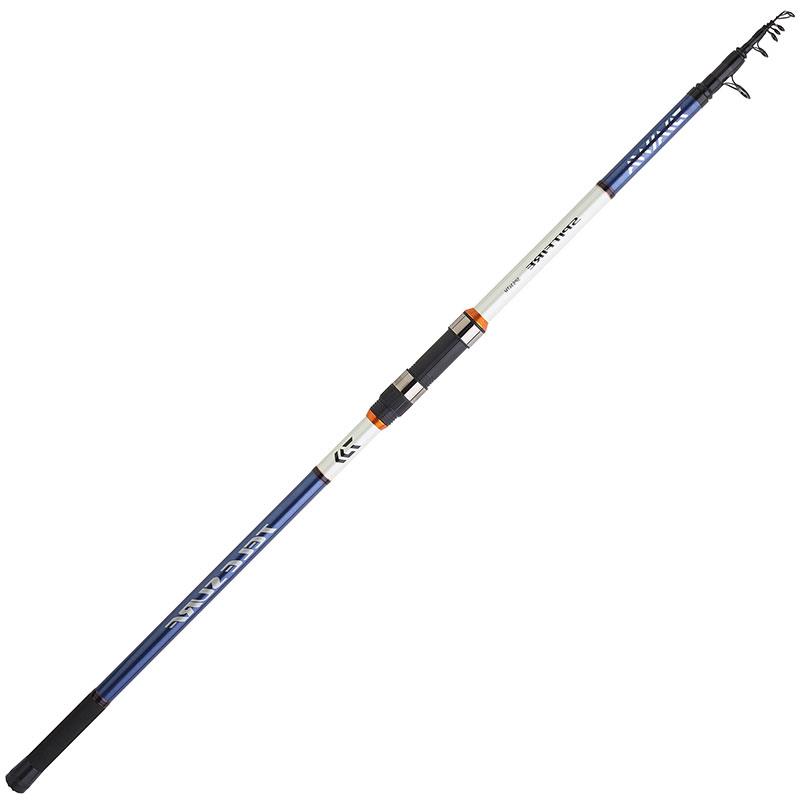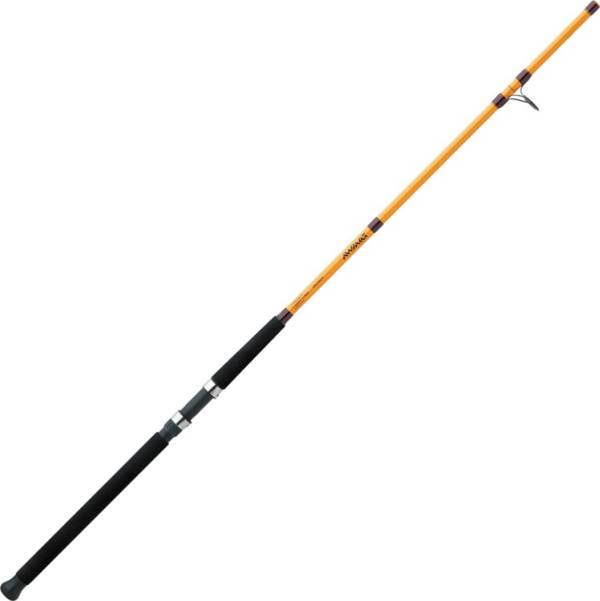

That means the rod will return to its normal state the fastest. In other words, when I bend a rod with an extra fast or fast action these are the fastest actions. When you release the pressure, this is the action of the rod. As the rod loads, it takes on a bent or loaded state under pressure. So your fishing rod is straight in its normal untouched state. What the the speed nomenclature is actually measuring is the speed in which rod returns to its normal state. So you would think you would have a scale from “stiff” to “limp” right? Because the Extra Fast Action is the stiffest action and the Slow Action is the limpest action.


When you think about the action of the rod you’re talking about how much tip movement there is in the rod. So the terminology for rod actions confuses people. It can be an overwhelming prospect, so we’re seeking to help you understand not only what matters when choosing a fishing rod but also some of our favorite options among all of these choices. Length, power, action, taper and material as well as process can alter weight and balance of rods and that makes for an endless array of options that anglers have to then decipher and make some sort of educated decision on which rod will best fit their needs. From materials to rod actions and rod powers, a fishing rod can be made in a multitude of different options. Fishing rods vary greatly depending on species and techniques and preferences of anglers and manufacturing techniques.


 0 kommentar(er)
0 kommentar(er)
